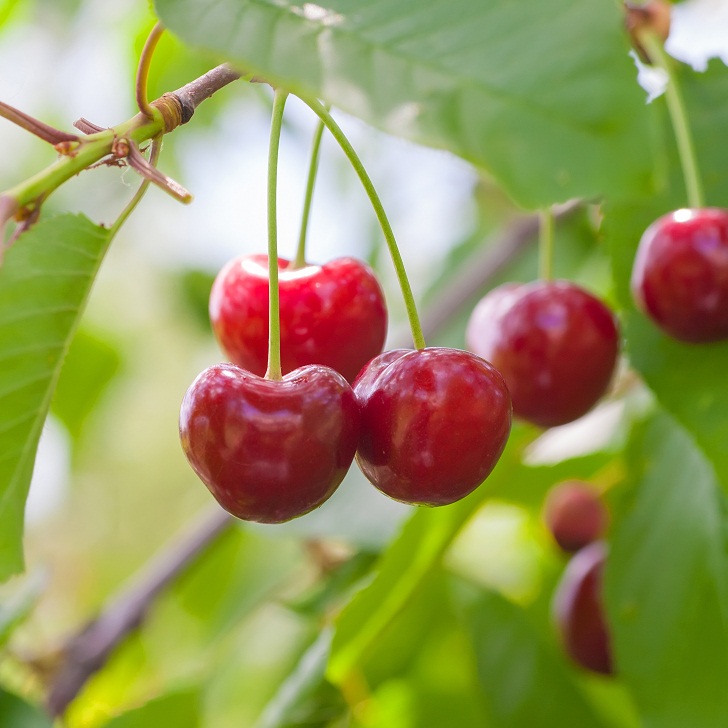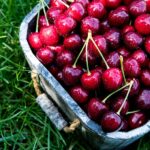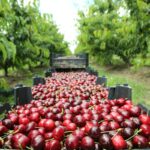U.S: Solid export campaign for Northwest cherries despite ongoing China issues

The cherry season in the U.S. Northwest is winding down, with industry players reporting a solid export campaign despite ongoing trade issues with China - which two seasons ago was the region's top export market.
The good export season also comes in spite of the year's slight dip in volume from last season's 25.4m boxes.
"It's been an interesting season. I think at the start, growers industry-wide thought they had a larger crop than they did so that's been somewhat of a challenge to overcome ... but it's still been a good season with retailers and growers alike making some money," says Brianna Shales, communications manager of Stemilt Growers.
"Based on what is shipping, the 2019 crop is going to be closer to 22m 20-pound equivalent boxes for the Northwest industry."
Helping industry actors succeed with the lower volumes was the fruit's quality.
"Overall, fruit quality is really really high and we have great sizing," says Shales.
The Northwest Cherry Growers' president B.J. Thurlby attributes these characteristics to favorable weather, especially over the past few weeks.
"We've had really good growing conditions this year. In the past three or four summers, we tended to get a lot of heat late in the summer and it's really stayed mild here; the temperatures have stayed in the 80s and the quality of the fruit has just been really really outstanding.
"Its delivery, quality has been as good as I can remember in recent years," he says.
Challenges for exports to China, growth in other markets
The tariffs China has imposed on U.S. products - including cherries - has had a marked effect on most companies' exports to the Asian nation.
"Anyone who exports to China, as we do, was affected by the tariffs, and the price was not as strong as it would normally be," says Ray Norwood, Auvil Fruit Company's director of sales and marketing.
Yet a number of industry actors spoke on how they managed to achieve a successful cherry export campaign in spite of this difficulty.
"Our hope is always that we get 30% of the crop exported and we've been able to achieve that this year so as an industry we're very happy about the amount of fruit that's gone offshore," says Thurlby.
In fact, he says about 33% of volumes are heading to export markets.
He explains: "We're still shipping a little bit of fruit into China and other countries have really stepped up."
He elaborates, saying that the industry has had a very good year in Korea.
Meanwhile, it has seen great growth in the Vietnam market, which he says "shows us that it's going to be a long-term market for our growers."
"We've seen good quality, high volumes going into Taiwan, and Canada is our number one export market and continues to be," he adds.
Auvil's surprising bump in cherry exports to China
In the case of Auvil Fruit Company, the entity actually performed better in China over last year.
Norwood comments: "Even though there were tariffs, there were tariffs in place last year. So, for us, we sent a really good volume and what we'd hoped for in China."
Beyond this anomaly, Norwood says the company has fared well in its other key export destinations - Japan and Taiwan.
"For us, we're heavy to export with our cherries. We do kind of a specialty pack here at Auvil Fruit.
"A high percentage of what we pack and sell goes to Japan and it's more of a gift market that's presold, whereas not a lot of our competitors do that."
He adds that the company saw very good demand in Taiwan this season as well.
Tech's impact on the cherry industry
Looking to how the industry is advancing, one can't ignore the role technology is playing.
"The advent of electronic defect sizing and sorting machines have really changed the industry in terms of being able to deliver quality and consistency, and that's been over the last five or six years," says Shales.
Thurlby explains further: "Every year we see more and more optical sorting lines coming into our industry.
"There's almost 100% saturation where we have the high-tech sorting capability and we're seeing some really beautiful packs show up on the market. Packers can now put up a perfectly colored pack, with uniform color and uniform size."
When it comes to the end product, both Shale and Thurlby emphasize the positive influence these advances have had.
"It has a huge role in what we can do and what we can put together in terms of size and pack that consumers will respond to. I just see the technology continuing to evolve.
"In my opinion, it's only going to get better for the consumer," explains Thurlby.
"Investment in that type of technology is where we have to be when it comes to staying ahead of the curve," Shales adds.








































